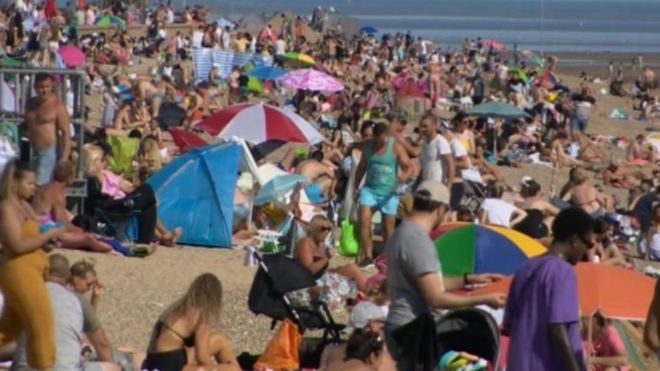tmar
Well-Known Member
- Joined
- Jun 3, 2017
- Messages
- 5,686
- Reaction score
- 49,773
Monkeys resist virus re-infection after vaccine study immunisation

Monkeys resist virus re-infection after vaccine study immunisation
9News Staff
3 hrs ago
...
US researchers have found that monkeys given a trial vaccine for COVID-19 or those who have had the infection were immunised or resisted re-infection in a positive sign that human trials could soon provide the same results.
Dr Dan Barouch, along with colleagues at the Harvard Medical School, tested nine rhesus macaque monkeys according to a study published on Wednesday.
The infected animals developed mild coronavirus symptoms before vaccines that included COVID-19 proteins immunised them by developing antibodies over a month.
"We showed that vaccines induce antibodies, and the vaccinated animals are protected either partially or fully," Dr Barouch said, CBS reported.
"But we also show that the levels of antibodies correlate with how good the protection is."
The study showed eight monkeys had higher levels of antibodies after being exposed to the vaccine tests and then showed no detectable trace of the coronavirus, while the rest of the animals showed very low levels of it.

Monkeys resist virus re-infection after vaccine study immunisation
9News Staff
3 hrs ago
...
US researchers have found that monkeys given a trial vaccine for COVID-19 or those who have had the infection were immunised or resisted re-infection in a positive sign that human trials could soon provide the same results.
Dr Dan Barouch, along with colleagues at the Harvard Medical School, tested nine rhesus macaque monkeys according to a study published on Wednesday.
The infected animals developed mild coronavirus symptoms before vaccines that included COVID-19 proteins immunised them by developing antibodies over a month.
"We showed that vaccines induce antibodies, and the vaccinated animals are protected either partially or fully," Dr Barouch said, CBS reported.
"But we also show that the levels of antibodies correlate with how good the protection is."
The study showed eight monkeys had higher levels of antibodies after being exposed to the vaccine tests and then showed no detectable trace of the coronavirus, while the rest of the animals showed very low levels of it.


